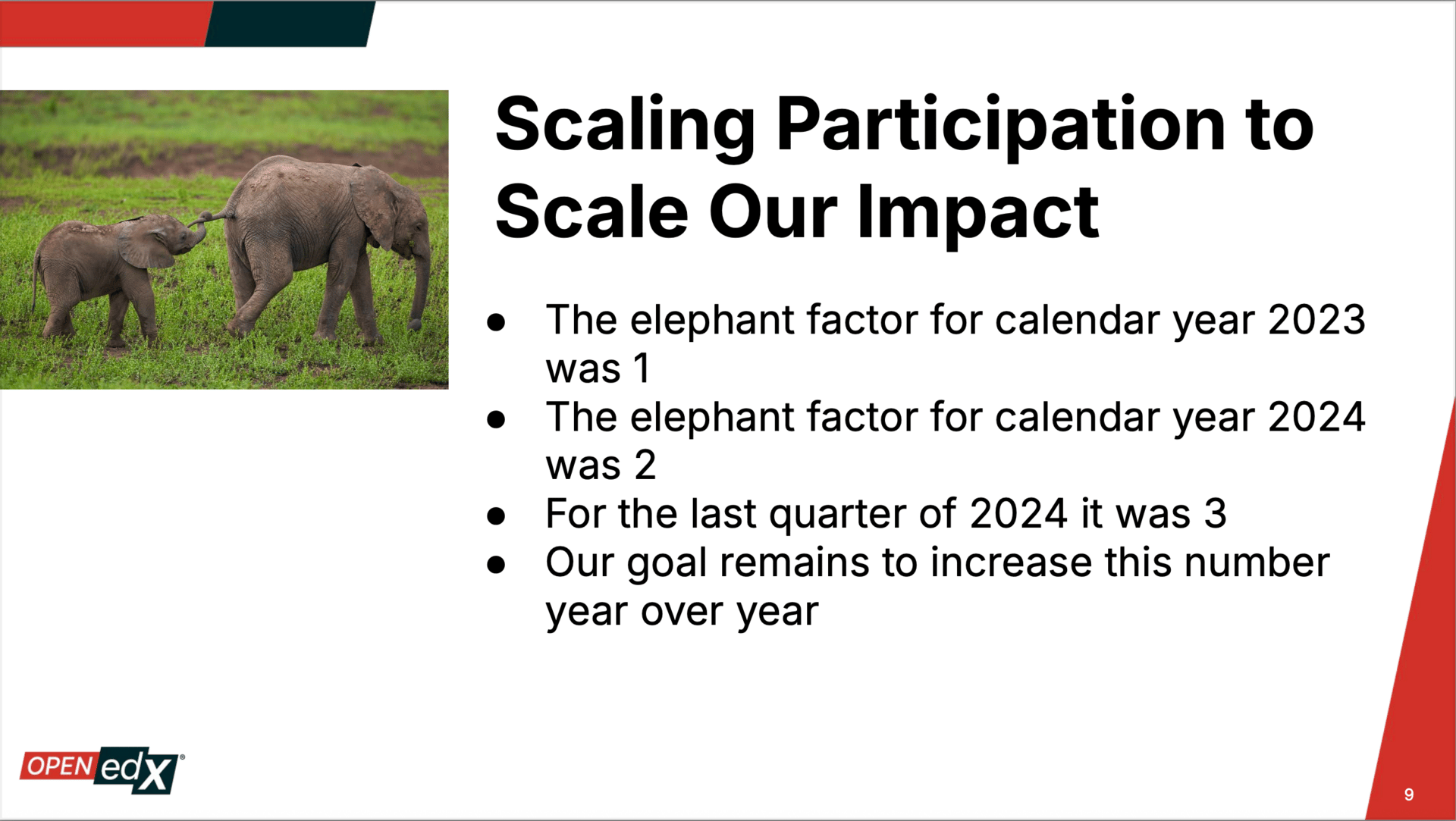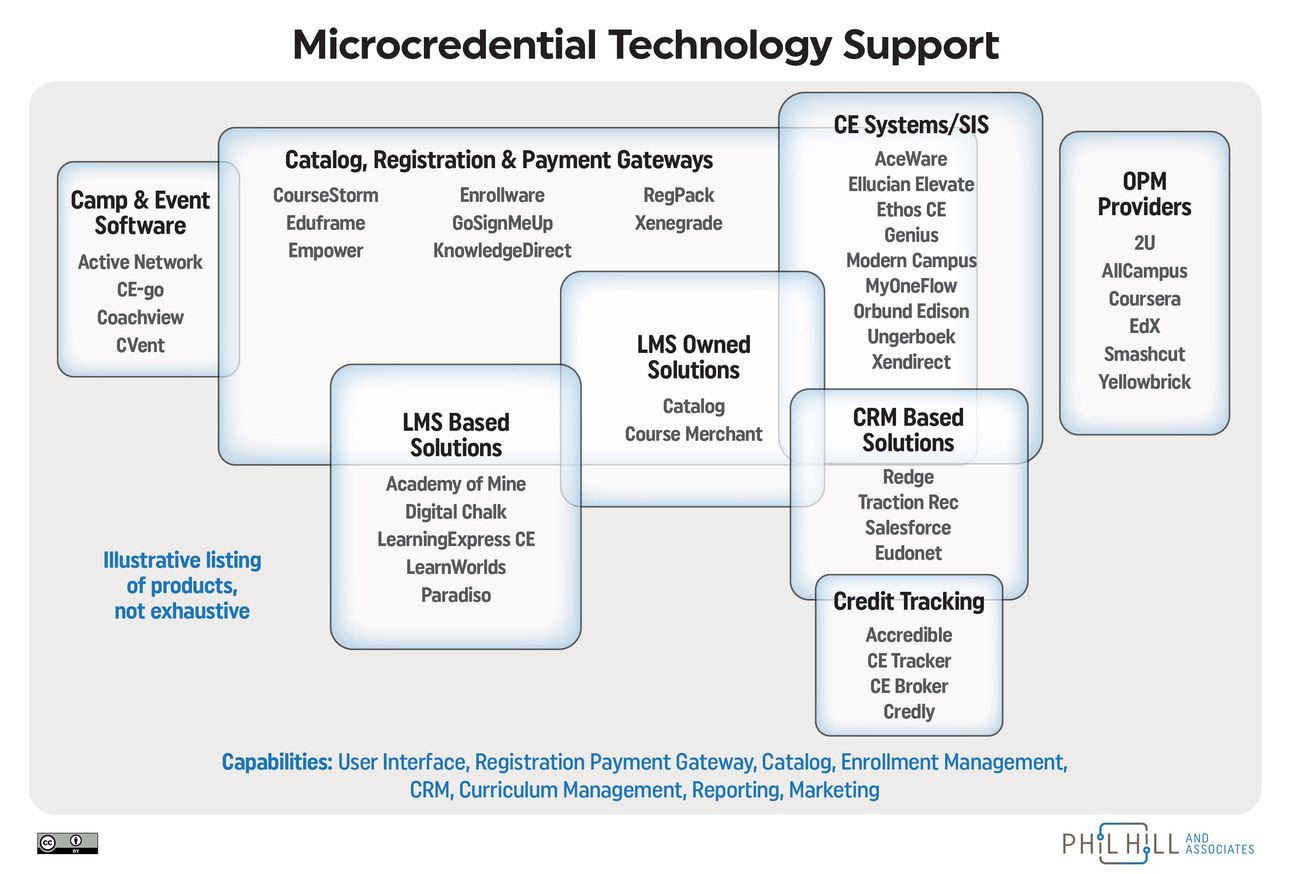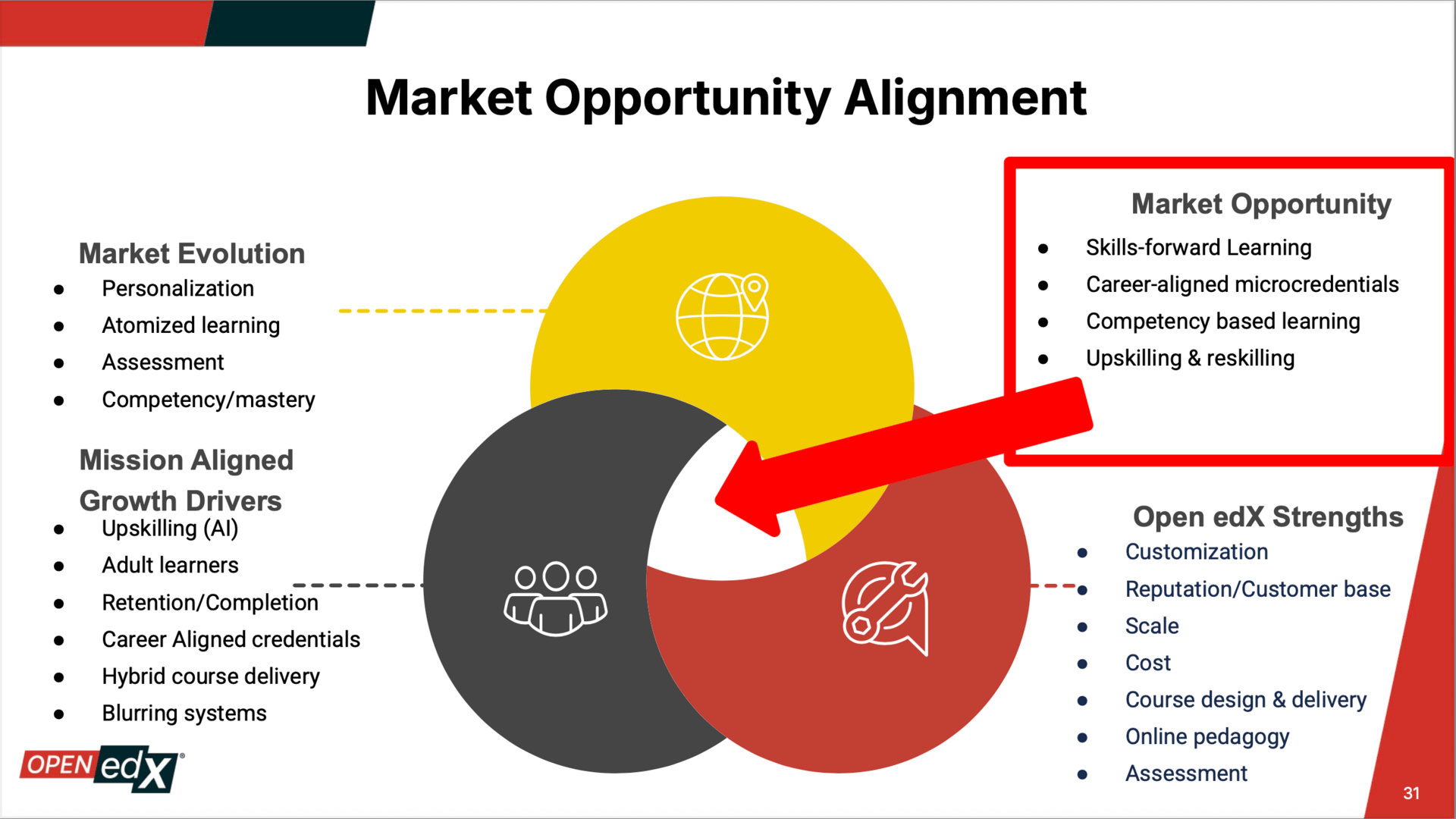Open edX Conference Notes 2025
Optimism, hard choices, and threats to established LMS players

Was this forwarded to you by a friend? Sign up, and get your own copy of the news that matters sent to your inbox every week. Sign up for the On EdTech newsletter. Interested in additional analysis? Try with our 30-day free trial and Upgrade to the On EdTech+ newsletter.
A few weeks ago in Paris, the Open edX community gathered for its annual conference. What was once known primarily as the open source backend powering edX’s MOOC platform is now standing firmly on its own. Open edX has successfully grown into an open-source ecosystem, with a community of contributors, adopters, and developers who are clearly excited about where the platform is heading. The conversations were forward-looking, with sessions on modularity, AI, and improving the learner experience. I found the community to be in its honeymoon phase, trusting that the platform and strategy will move forward with a very positive vibe. I did not find any of the protectionist or too-obvious ideological mentality typical of later-stage open source communities such as Moodle and Sakai.
The Paradox
But ambition brings choices, and those choices aren’t easy, which I implied in my post noting that Western Governors University and its move to Open edX as its primary LMS.
Open edX is the LMS created as part of edX the MOOC platform and subsequently released as open source in 2013. When 2U acquired edX for $800 million in 2021, MIT and Harvard created what is now named the Axim Collaborative, which maintains Open edX separately from 2U / edX.
The questions this year noted the usage of Open edX at hundreds of organizations, but the reason it doesn’t show up more prominently in our graphics is that seldom is Open edX used as the primary LMS for a college or university that is the core metric we track. Much more common is the usage at edX itself or the usage for specific programs, for example MIT xPro, and at numerous workforce development programs. In fact, if you look at that list of known Open edX sites, the majority are vocational or workforce training.
But now there is a university making Open edX its primary LMS, and it is a big one. Western Governors University (WGU), with almost a quarter of a million students, has committed to use Open edX for the vast majority of its courses.
The platform’s evolution raises an important question: What does Open edX want to become? That question underpins what I’ll call the 100 Million Learners Paradox. On the one hand, Axim boasted an impressive milestone of over 100 million learners using Open edX globally, including those on edX.org. On the other hand, several attendees spoke candidly about a frustrating difficulty of getting universities and training providers to adopt Open edX as a primary or even secondary LMS. The paradox: How can a platform with such massive reach still struggle to find additional adoption?
The paradox in this case makes sense once you look at two elements of the Open edX origins - the framework for the ecosystem and the nature of MOOCs.
The current Open edX framework approach feels more like a developer’s toolkit - a box of Legos - than a turnkey solution. That flexibility is a strength for big projects with time and budget, such as government portals or corporate learning platforms or Western Governors University, which Axim and Open edX call elephants in their scaling plans.

But for colleges and universities without large development teams, the bar to entry remains high. This situation was presented at the conference less as a complaint from the community than as an opportunity. At the conference, the discussions centered on what improvements could make Open edX more accessible: stable APIs, plugin architecture that maintain functionality with upgrades, and ways to “productize” the platform without sacrificing its openness. Most academic and even training organizations need a solution that doesn’t require multi-month custom projects to get up and running.
Open edX was designed for MOOCs, not as a conventional degree-based LMS. Its architecture reflects that heritage: no assumptions about academic terms, limited tools for faculty to manage grading and classroom activities.
By way of contrast, most academic LMSs such as Canvas, Brightspace, Moodle, Blackboard, and Sakai are really course management systems. Even when used for online programs, they are grounded in terms and instructor management of the classroom and complex grade books.
The global trend to date is for higher education institutions to use a single academic LMS if possible, often seeking first to extend the main LMS to non-traditional contexts rather than introducing new systems. This raises the bar for Open edX entry into new opportunities.
The choice is whether Open edX is ready to make tough choices necessary to scale adoption outside of the elephants, given the reality of academic LMS markets.
A Threat to Traditional Open Source LMS?
One interesting angle to this contrast in MOOC-based learning platforms and course management system-based LMSs is that we are already seeing an effort in Spain to address this choice, and it could impact Sakai and Moodle most directly.
The UNIDIGITAL initiative funded by the government is “a multiannual investment aimed at modernising the Spanish university system by promoting projects and initiatives in the field of digitisation.”
Several public universities have adopted Open edX for noncredit MOOC-like usage for continuing education purposes, and I believe all already use either Sakai or Moodle as the campus-standard LMS. On the surface, these initiatives coexist.
But there is an initiative underway to add functionality to Open edX to allow it to work fully as an on-campus and traditional degree-based system. Edunext, an Open edX partner, led the development of functionality that extends what Open edX can natively handle.
The UNIDIGITAL project was a successful collaboration between 7 Public Universities from Spain, Open edX and edunext, aimed at contributing a wide variety of features and extensions to the Open edX platform, including real-time analytics, incremental improvements to multiple core features in the LMS and Studio as well an array of extension to the platform capabilities for on campus courses.
What I heard at the conference is that this development was at least partially a form of risk management, as the future of Sakai is not a given. Remember the high-end goal of modernizing Spanish EdTech and doing so under to align with Spanish priorities.
Moodle, which has its own 100 Million Learners Paradox to deal with, is big enough that a possible full move to Open edX would not be devastating. But Sakai is not so lucky, and Spanish public universities and their partners are the core of what remains. Risk management might end up creating reality - something to watch.
Expansion Opportunities
Despite this UNIDIGITAL initiative, the Open edX community by and large does not see expansion by directly competing with campus-wide LMS adoptions, partially due to functionality requirements but also due to campus reluctance to change the LMS.
Thus expansion may come from a different direction, and in my mind Open edX’s greatest near-term potential could be in the noncredit and microcredential market. This space values flexibility over academic term structures and thrives on features that Open edX already does well: self-service registration, course discovery, e-commerce, and scalable delivery. Combined with growing demand for modular, skills-based learning, these strengths position Open edX to lead in professional and lifelong education.
And that market is fragmented in technology, without easy solutions despite a clear and growing need.

Axim and Open edX leadership are aware of this opportunity, as shared at the summit.

The issue is, however, that the skills / competency movement has its elephant - WGU. That development is happening one way or another, and Unicon is also getting involved to further develop skills capabilities with a new Axim partnership. Ironically or not, Unicon used to be one of the most influential Sakai development partners.
But in the broader noncredit / microcredential space, there is no elephant and the need is for a product, not a framework. Something much closer to out-of-the-box functionality and quicker implementations and stable APIs and plugins.
What I did not hear at the conference was whether Axim and Open edX leadership want to prioritize this non-elephantine productization. If Open edX wants to expand its influence and adoption, this is the path. But the best choice is to pick a niche, at least to get started, and the noncredit / microcredential space seems the most likely and available one.
In Summary
The Paris summit showed a project with real momentum and a community deeply engaged in shaping its future. The “100 Million Learners Paradox” is a reminder that scale alone doesn’t guarantee relevance, but it also highlights the opportunity in front of Open edX. The next chapter depends on how the community balances its origins with the needs of the markets it wants to serve. This is a developing story, but active choices are more in order than status quo incremental improvements.
The main On EdTech newsletter is free to share in part or in whole. All we ask is attribution.
Thanks for being a subscriber.